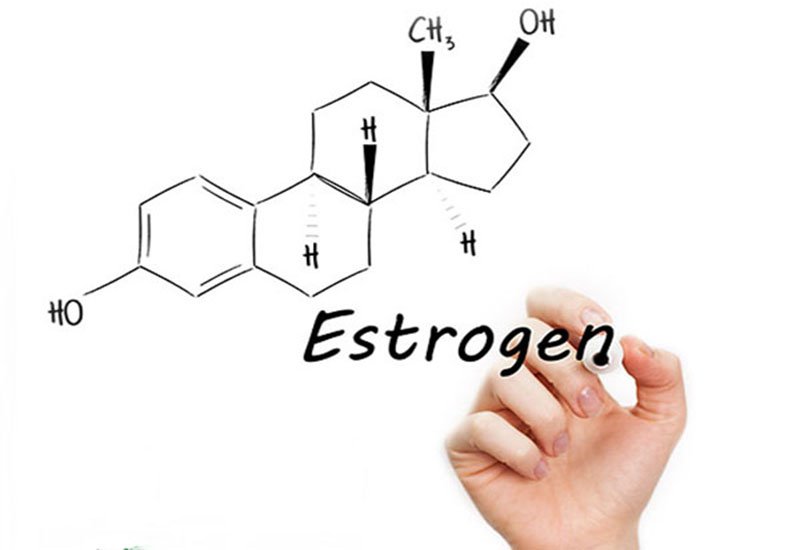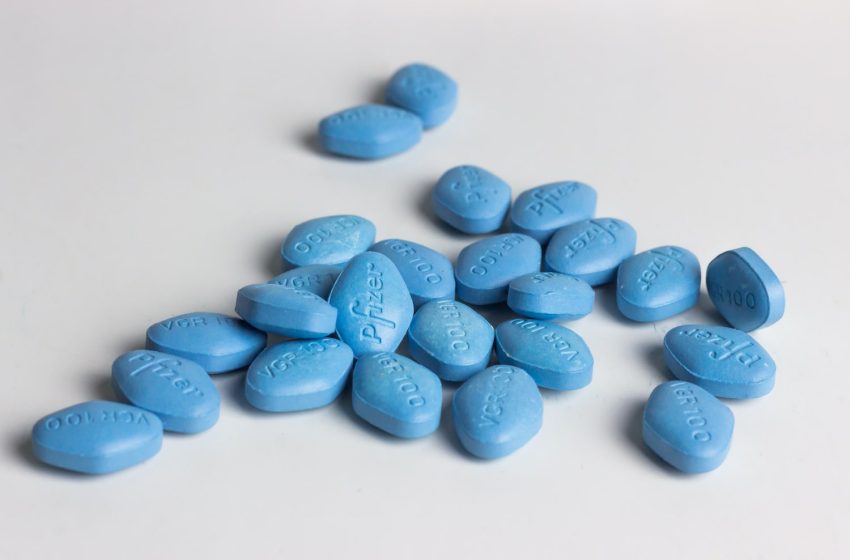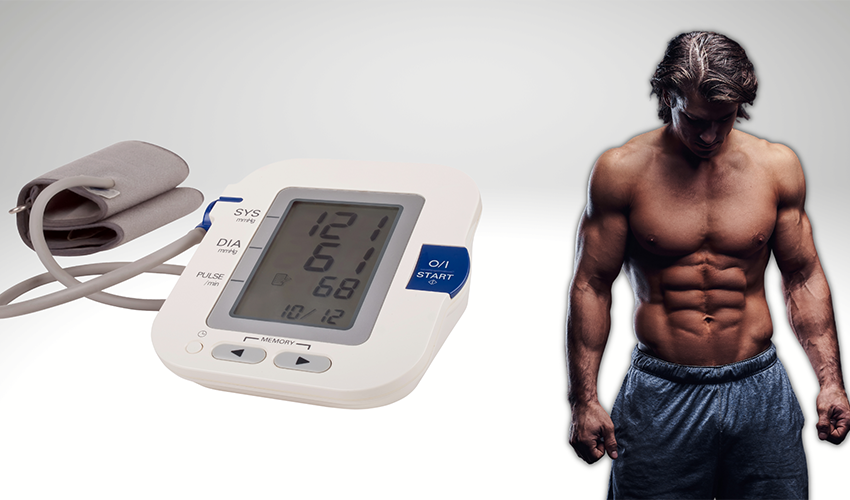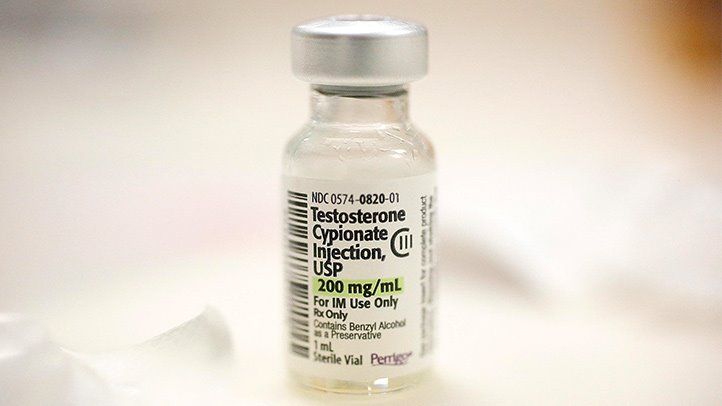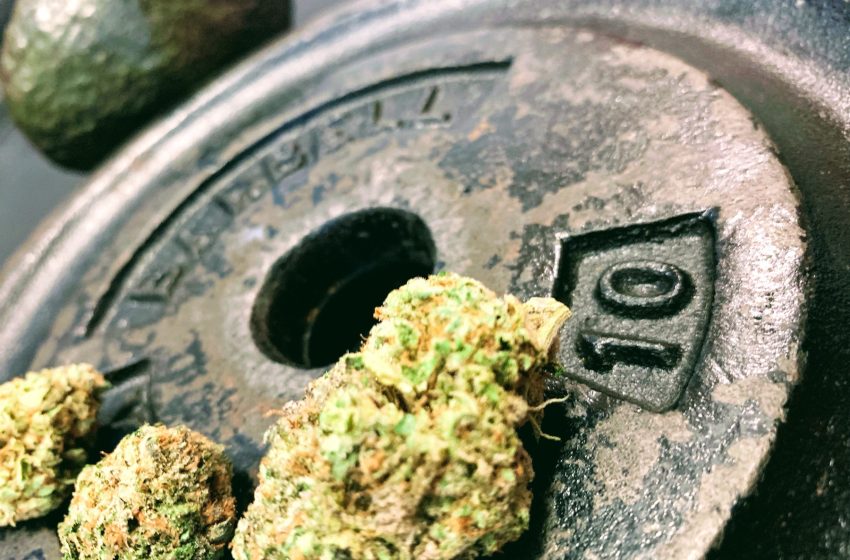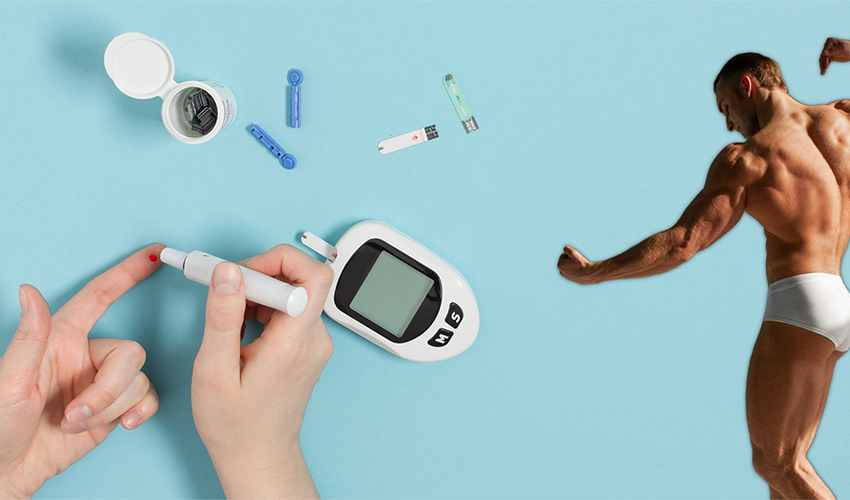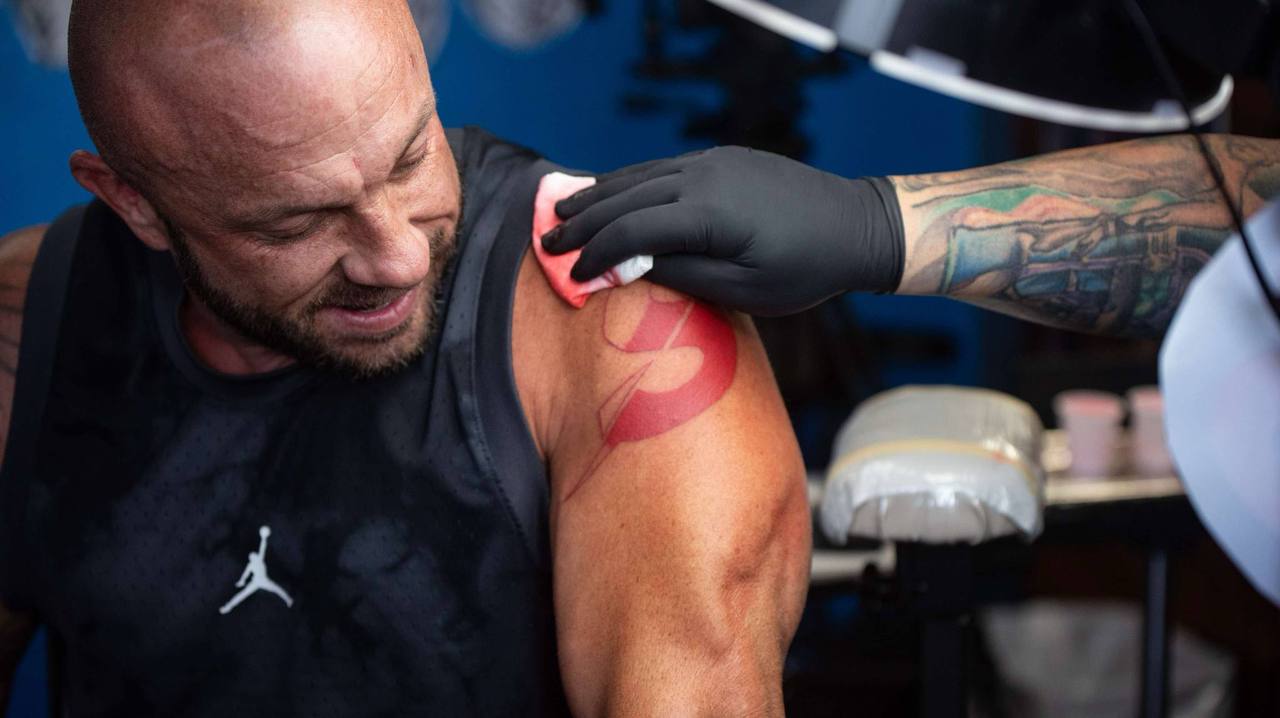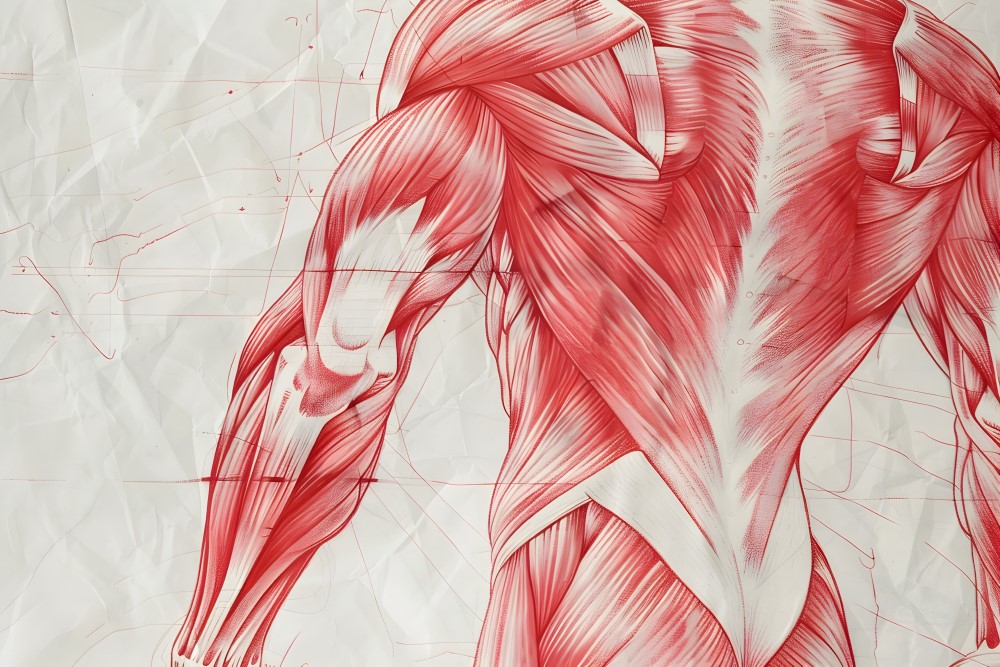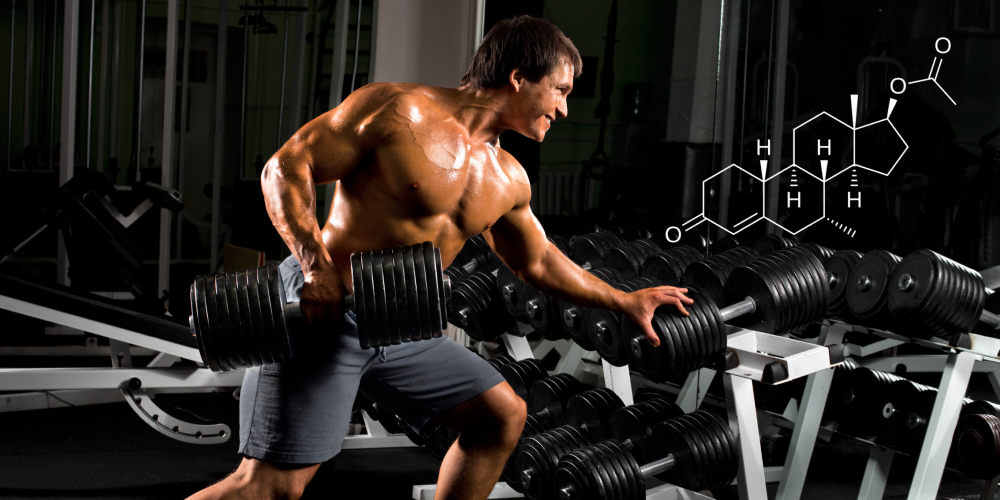Bodybuilding is a sport that requires discipline, dedication, and perseverance. To achieve any success, bodybuilders need to follow a strict nutrition plan, engage in regular physical activity, and push their bodies to the limit. While the physical aspect is critical to success in bodybuilding, mental strength is just as important. The mental health aspect of […]Read More
Hummus, a delicious dip made from chickpeas, tahini and a blend of spices, is not only a tasty treat but also a great addition to any bodybuilder’s diet. One of the main reasons why hummus is great for bodybuilders is its high protein content. Protein is essential for building and repairing muscle tissue, and hummus […]Read More
We read a lot online about “rules for this”, “rules for that” that are mostly clickbait or someone trying to sell something to you. However, I want to go over the six very basic rules that I consider irreplaceable for anyone looking to improve their quality of life and performance both in the gym and […]Read More
Estrogen is a hormone that is present in both men and women, but it is typically found in higher levels in women. Elevated levels of estrogen in men can lead to a number of health issues, including weight gain, decreased muscle mass, decreased libido, and an increase risk of prostate and testicular cancer. To keep […]Read More
One of the most common and known effect of sildenafil is the increase of blood flow to all muscles, which in turn results in a better “pump” for exercise. PDE-5 inhibitors lower estrogen levels. If you have a BMI of less than 27, a dose of Cialis between 10-20 mg taken 10 times a month […]Read More
We all know what a blood pressure monitor is. Those cuffs that wrap around the arm and inflate and deflate to tell us what our blood pressure is. In my opinion, every enhanced bodybuilder should have one on hand and use it regularly on-cycle to keep track of blood pressure fluctuations (which we all know […]Read More
In 2016 there was a serious warning issued by FDA associating TRT with a high risk of stroke, heart failure, aggression, liver toxicity and infertility. They also went as far as making it illegal, except for certain medical conditions such as testicular disease. A new study, however, might prove just the opposite. Carried out on […]Read More
I think we all know about “pot”, “ganja”, or “Mary Jane”. This ancient herb, that has been smoked, or ingested for medical, religious or recreational purposes almost since the dawn of man. In recent years, more and more states in the world (starting with the US), have been legalizing weed… for medical use at first, […]Read More
A glucometer is a small medical device that measures the concentration of glucose in your blood. Chances are you’ve seen someone in your family use it, because it’s a must-have for diabetics (and let’s face it, we all have a diabetic person in our extended family). Why must enhanced bodybuilders use it? Firstly, […]Read More
Have you ever heard the phrase “muscles are not made in the gym, but in bed”? Sure, you still need to signal your body to grow more muscle – and that’s usually done in the gym, but it’s during sleep that your tissues are able to recover and become stronger and bigger, given a proper […]Read More






